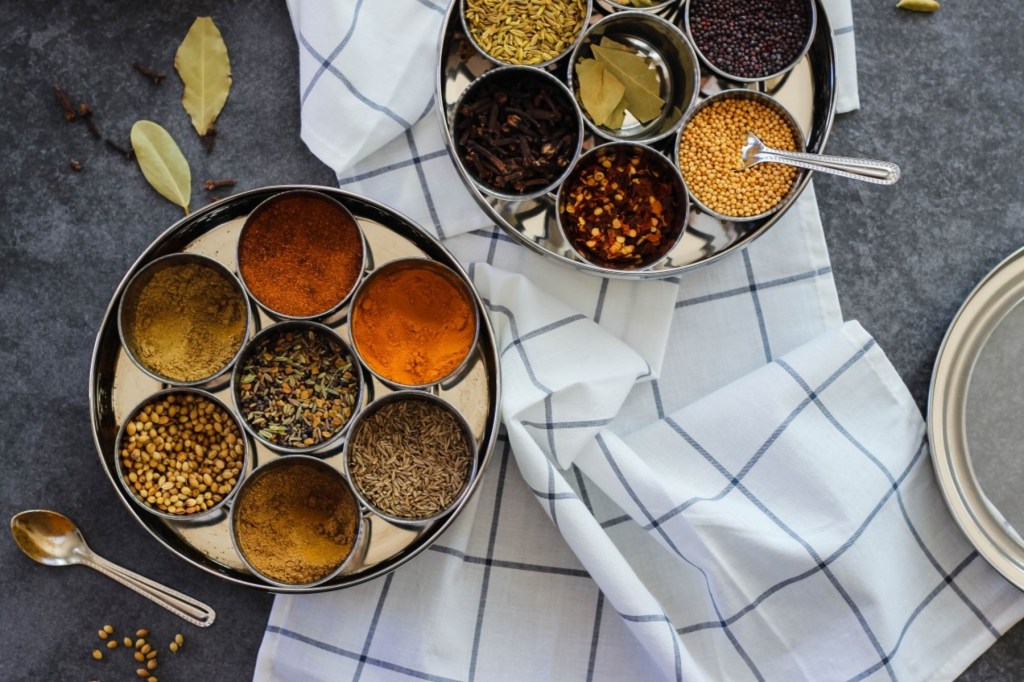Adapting to Adelaide: The spices and stories behind international students’ meals

International student Antara Nodi takes us into what life is like for the thousands of students who now call Adelaide home. The first of the series looks at food.
When international students arrive in Adelaide, they bring more than just their suitcases filled with clothes, gadgets and hopes for the future.
They carry the taste of home – a taste deeply rooted in the spices, herbs and flavours that have shaped their lives. For many, the culinary journey in Australia begins with excitement but quickly becomes a deep yearning for familiar foods from back home.
Adil Asif Qureshi, a Torrens University student from Pakistan, tells CityMag that adapting to Australian food habits was harder than expected.
“Back home in Pakistan, every meal was an explosion of spices – coriander, cumin, turmeric and chilli,” he says. “I never realised how much I’d miss the simple dal chawal (rice with lentils) until I couldn’t find the right lentils or spices here in Adelaide. Even when I did, they were too expensive to buy regularly.”

Daal and Chawal (Rice and lentil dish) is a staple from Bangladesh, India and Pakistan. This picture: Antara Raisa
Nostalgia for familiar dishes isn’t just a longing; it’s a connection to culture, a comforting reminder of home. Yet, with limited budgets, unfamiliar ingredients, and often strict dietary restrictions, finding ways to stay connected to their roots through food becomes a difficult balancing act for many students.
Radia, a student from Bangladesh, loves Bangladeshi food but is frustrated by the need for more authenticity in the offerings around Adelaide.
“It’s hard to find real Bangladeshi food here,” she says. “I go to restaurants, and the curries taste more Indian or Westernised. Our food, with dishes like bhuna khichuri (rice and lentils cooked together) and fuchka (a crisp fried hollow ball, filled with spicy peas and potatoes), has its distinct flavour. I miss the meals cooked by my mother.”
You might like

A bowl of Fuchka, a popular street food of Bangladesh. This picture: Zassiya Jayaan
For some, the biggest hurdle isn’t just finding the right cuisine but navigating the different food cultures of Adelaide.
While the city is known for its diverse culinary offerings – boasting Mediterranean, Southeast Asian, and even Latin American restaurants – many international students are unaccustomed to Australian staples like fish and chips or sausage sizzles.
“The first Australian dish I tried was fish and chips,” says Radia. “In Bangladesh, we also eat fried fish, but it’s prepared with so many spices. Here, it tasted so plain. I added some chilli flakes, but it wasn’t the same.”

Hilsha fish fry captures the essence of Bengali cuisine, best enjoyed with steamed rice. This picture: Zassiya Jayaan
Adelaide has seen a rise in Southeast Asian and Middle Eastern grocery stores to meet the demand for international ingredients, yet the struggle remains for many students trying to recreate their homeland’s comfort foods.
Ilsa, a student from Pakistan, misses her favourite beef dishes and struggles to find Halal options that aren’t overpriced.
“I love beef, but the only place I can get it is a far suburb, and it’s too expensive for regular buying. It feels like a luxury I can’t afford,” she says.

International students find joy adapting to new cuisines, like preparing steak and colourful roast veggies. This picture: Sunayna Mandipa
Far more serious than missing their mother’s cooking, is the often hidden issue of food insecurity.
Subscribe for updates
A report from the Monash Centre for Youth Policy and Education Practice (CYPEP) found that international students are facing food insecurity at alarming rates, with many going hungry due to rising costs and limited incomes.
“It’s hard to talk about it,” says Rohan. “No one wants to admit that they can’t afford food. It feels like a personal failure.”
This stigma is not only emotionally taxing but also impacts students’ academic performance and well-being. Hunger doesn’t just affect the body – it affects the mind, making it harder for students to focus on their studies and enjoy their time in a new country.

This picture: Kaurna Halal Corner/via Google.
M Rafique, the owner of Bangladeshi grocery shop Kaurna Halal Corner on Richmond Road, acknowledges the struggle students face.
“Bangladeshi, Nepali and Indian students come to my shop and often talk about how hard it is to balance their budgets while still wanting to cook food that reminds them of home,” he says.
“Things like mustard oil, dal, and spices are in high demand, but importing them adds costs. We do our best to keep prices low, but it’s not always possible.
“Many students tell me that they miss street food like momo, fuchka, or samosas,” he says. “I think food is one of the hardest adjustments for them when they move here. They’re constantly trying to recreate those tastes in their kitchens, and my shop becomes a little corner of home for them.”
Radia, though nostalgic for Bangladeshi cuisine, found herself drawn to the flavours of Mexico to compensate.
“I’ve grown to love Mexican food. Tacos, and enchiladas – they’re spicy and flavourful in a way that reminds me of home. But when I’m craving food from Bangladesh, nothing can replace it,” she says.
Despite the challenges, international students are also bringing their culinary traditions to the city, says Radia.
“Food has become a way for me to create a sense of community here, even though they’re so far away from home,” she says.
“Sometimes I cook different types of foods that I like and invite my friends. We also do potlucks where everyone brings a dish from their country.”
The next time you walk past the bustling markets of Chinatown or spot a new Southeast Asian eatery on Hindley Street, remember that behind every plate of biryani, nasi goreng, or beef rendang is the story of someone far from home, trying to find a taste of it.

